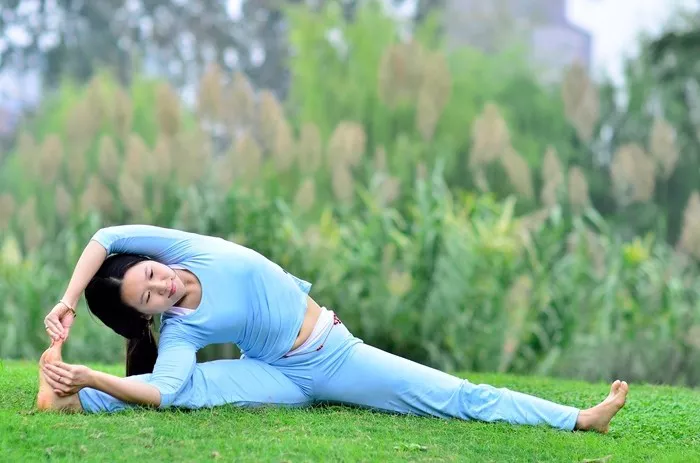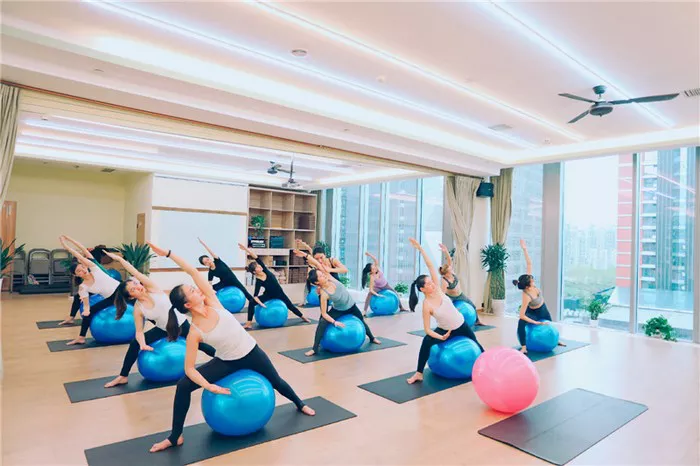Lupus, a chronic autoimmune disease, affects millions of people worldwide, causing a wide range of symptoms from fatigue and joint pain to severe organ damage. Managing lupus involves a combination of medications, lifestyle changes, and supportive therapies. One such supportive therapy that has gained popularity is yoga. But is yoga beneficial for those with lupus? This article delves into the potential benefits and considerations of practicing yoga for lupus patients.
Understanding Lupus
Lupus, specifically systemic lupus erythematosus (SLE), is an autoimmune disorder where the immune system attacks healthy tissues, causing widespread inflammation and damage. Common symptoms include:
- Joint pain and swelling
- Extreme fatigue
- Skin rashes
- Fever
- Kidney problems
- Chest pain
- Sensitivity to sunlight
The unpredictable nature of lupus, with its periods of flares and remission, makes it a challenging condition to manage. Treatments typically involve immunosuppressive drugs, anti-inflammatory medications, and lifestyle adjustments to mitigate symptoms and prevent organ damage.
The Role of Yoga in Managing Lupus
Yoga, an ancient practice combining physical postures, breathing techniques, and meditation, has been shown to offer numerous health benefits. For lupus patients, yoga can be particularly appealing for several reasons:
1. Physical Benefits
Improved Flexibility and Strength: Lupus often causes joint pain and stiffness. Gentle yoga postures can help improve joint flexibility and build muscle strength, which may alleviate some of the physical discomfort associated with lupus.
Enhanced Circulation: Regular yoga practice can enhance blood circulation, which is beneficial for overall cardiovascular health and can help reduce inflammation.
Better Balance and Coordination: Yoga helps improve balance and coordination, which can be especially useful for lupus patients experiencing muscle weakness or joint instability.
2. Mental and Emotional Benefits
Stress Reduction: Lupus patients often experience stress due to the chronic nature of the disease. Yoga’s focus on mindfulness and relaxation techniques can help reduce stress levels, which may in turn lessen lupus flares triggered by stress.
Improved Sleep Quality: Sleep disturbances are common in lupus patients. Yoga, particularly its relaxation and breathing exercises, can promote better sleep quality and help manage fatigue.
Enhanced Mood and Emotional Well-being: The meditative aspects of yoga can improve mood, reduce anxiety and depression, and enhance overall emotional well-being, which is crucial for managing a chronic illness like lupus.
3. Holistic Wellness
Yoga promotes a holistic approach to health, integrating physical, mental, and emotional well-being. This aligns well with the comprehensive care needed for lupus management.
Research on Yoga and Lupus
Scientific studies on the specific impact of yoga on lupus are limited, but related research offers promising insights:
Inflammation Reduction: Some studies have shown that yoga can reduce markers of inflammation, which is crucial for lupus patients who suffer from chronic inflammation.
Immune System Modulation: Research suggests that yoga may help balance immune system activity, which could be beneficial for autoimmune conditions like lupus.
Pain Management: A study published in Pain Medicine indicated that yoga could effectively reduce chronic pain, a common symptom in lupus patients.
Quality of Life: A study in Clinical Rheumatology highlighted that yoga practice improved the quality of life for patients with rheumatoid arthritis, another autoimmune condition. These findings can be extrapolated to suggest potential benefits for lupus patients.
Considerations and Precautions
While yoga offers numerous benefits, lupus patients should approach it with caution:
Consult with Healthcare Providers: Before starting yoga, lupus patients should consult their healthcare providers to ensure it’s a safe option for their specific condition.
Choose the Right Type of Yoga: Not all yoga styles are suitable for lupus patients. Gentle forms such as Hatha, Restorative, and Yin Yoga are preferable over more intense forms like Ashtanga or Bikram Yoga.
Listen to Your Body: Lupus patients should be mindful of their body’s limits and avoid pushing through pain. Modifications to poses and a gradual approach to increasing intensity can help prevent injury.
Avoid Flare Triggers: Certain yoga practices, like hot yoga, can exacerbate lupus symptoms, especially for those sensitive to heat. It’s important to choose environments and practices that do not trigger flares.
Focus on Breathing and Relaxation: Incorporating breathing exercises (pranayama) and relaxation techniques can enhance the benefits of yoga and help manage lupus symptoms more effectively.
Practical Tips for Lupus Patients Interested in Yoga
1. Start Slow: Begin with short sessions and gradually increase the duration and intensity of your practice as your body adapts.
2. Use Props: Props like blocks, straps, and bolsters can help make poses more accessible and comfortable.
3. Practice Mindfulness: Pay attention to how your body feels during and after yoga sessions. Adjust your practice based on your energy levels and symptoms.
4. Join a Supportive Community: Consider joining a yoga class designed for people with chronic illnesses or those led by instructors experienced in working with lupus patients.
5. Consistency Over Intensity: Regular, gentle practice is more beneficial than sporadic, intense sessions.
Conclusion
Yoga can be a valuable complementary therapy for managing lupus, offering physical, mental, and emotional benefits. However, it is crucial for lupus patients to approach yoga with mindfulness and caution, tailoring their practice to their individual needs and limitations. By doing so, they can enhance their quality of life and better manage the challenges posed by lupus.
FAQs
Can yoga help reduce lupus flares?
Yoga can potentially help reduce lupus flares by lowering stress levels and promoting overall physical health. Stress is a known trigger for lupus flares, and yoga’s focus on relaxation and mindfulness can help manage stress effectively. Additionally, the physical benefits of yoga, such as improved flexibility and circulation, can contribute to better health and potentially fewer flares.
What types of yoga are best for lupus patients?
Gentle forms of yoga are best for lupus patients. Hatha Yoga, which focuses on basic postures and breathing exercises, is a good starting point. Restorative Yoga, which uses props to support the body in poses, is excellent for relaxation and recovery. Yin Yoga, which involves holding poses for extended periods to stretch connective tissues, can also be beneficial. It’s important to avoid intense forms like Ashtanga or Bikram Yoga, which may be too strenuous.
How often should someone with lupus practice yoga?
The frequency of yoga practice for someone with lupus depends on their individual condition and energy levels. Starting with 2-3 times a week can be beneficial, focusing on short, gentle sessions. As the body adapts, patients can gradually increase the frequency and duration of their practice. It’s important to listen to the body and avoid overexertion, adjusting the practice as needed to prevent fatigue or flares. Regular, moderate practice is more effective than infrequent, intense sessions.
















